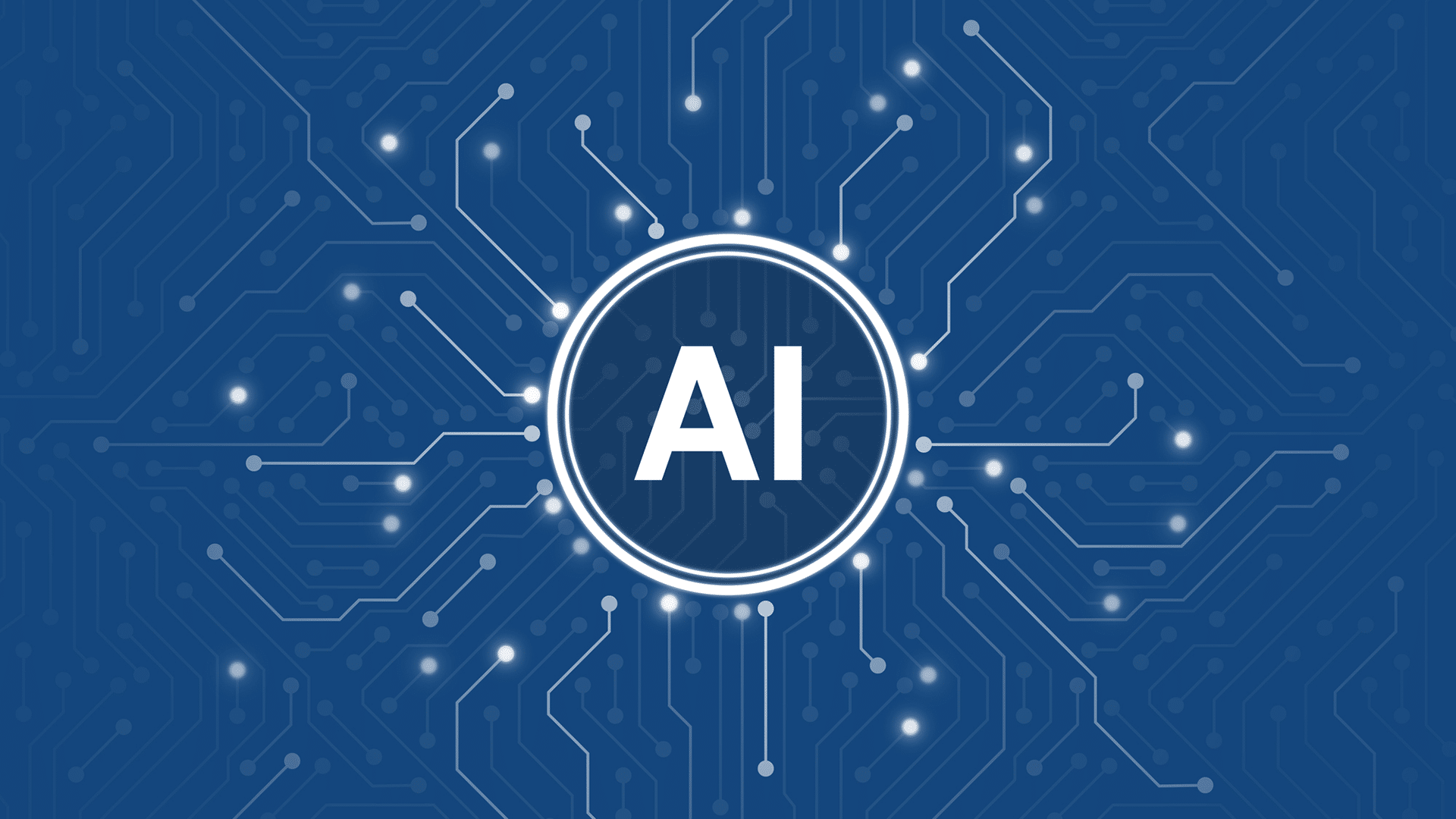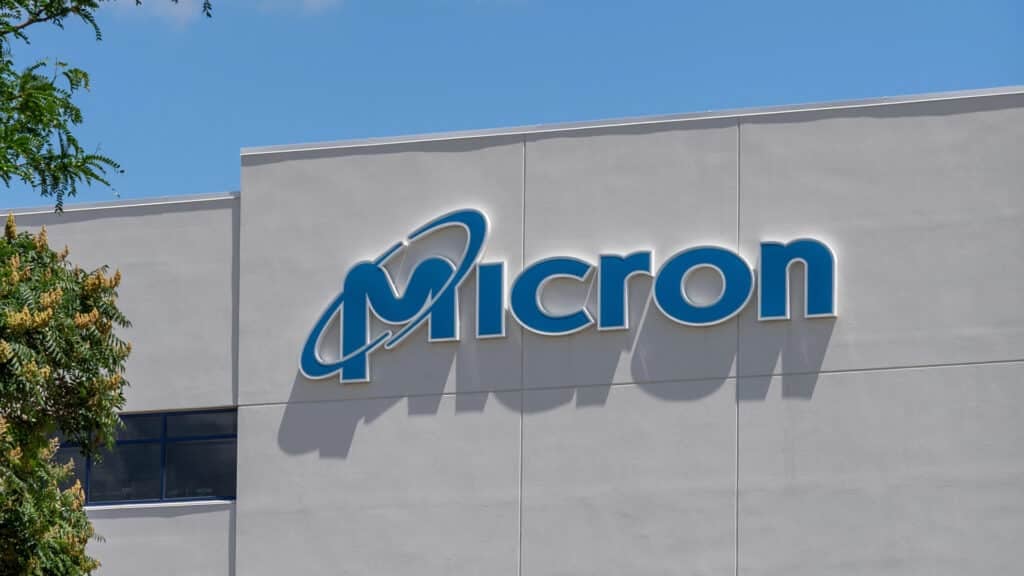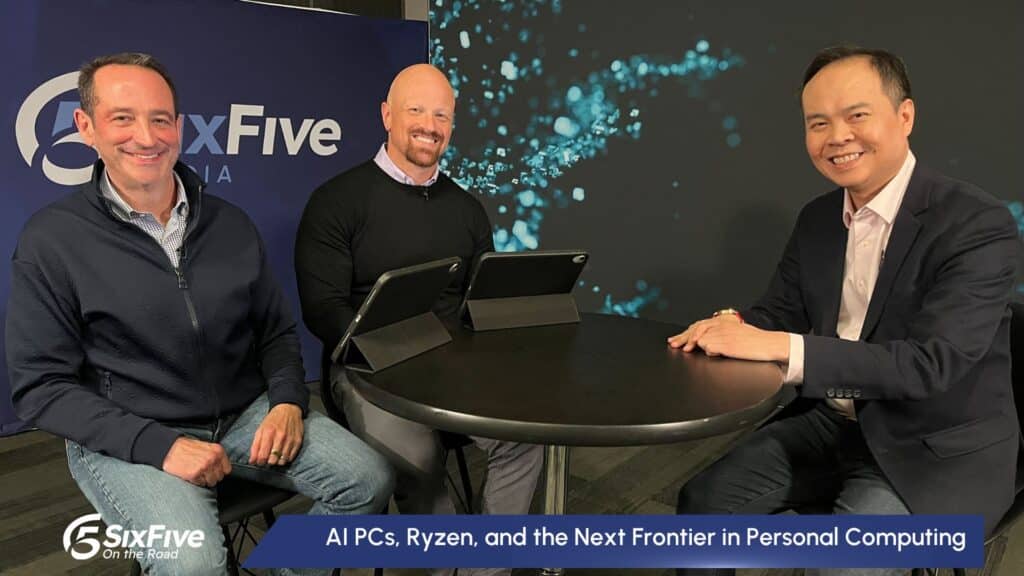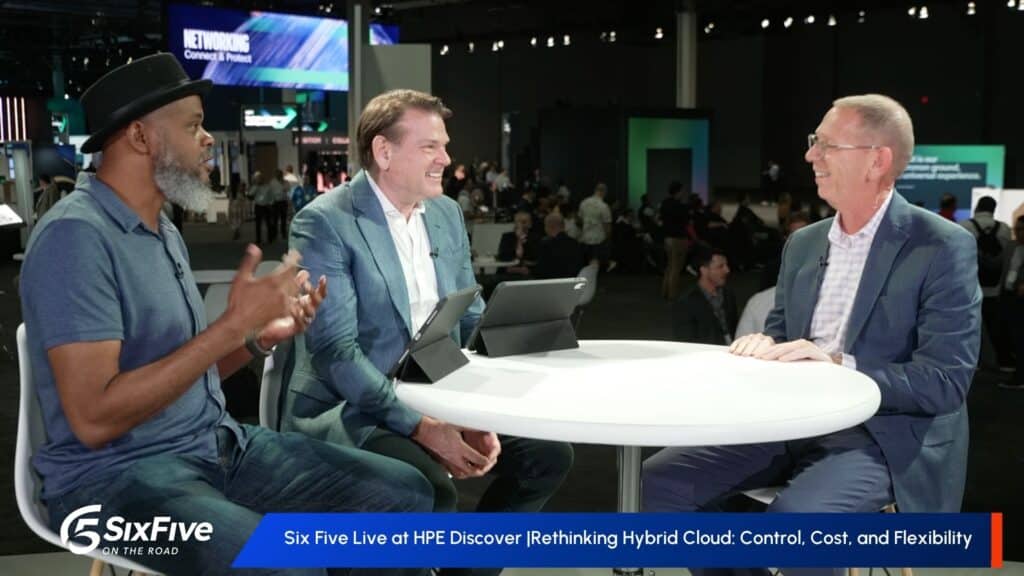Analyst(s): Keith Kirkpatrick
Publication Date: March 5, 2025
What is Covered in this Article:
- Google Public Sector hosted Gen AI Live + Labs 2025 in Manhattan, showcasing AI solutions to public sector leaders from federal, state, and local agencies. The event highlighted respondents’ strong interest in immediate AI adoption.
- Key offerings like Vertex AI and Gemini models were emphasized for successful AI deployment, with case studies showing significant outcomes, such as an 84% automation increase for Covered California and a 70% wait time reduction for the Missouri Department of Social Services.
- Challenges in the public sector include lengthy procurement processes and changing technology priorities. Google aims to provide quick ROI wins and establish trust through validated case studies and efficient deployment strategies.
The News: Google Public Sector hosted its Gen AI Live + Labs 2025 event at Pier 57 in Manhattan in late February. The event brought together senior leaders from state, local, and federal agencies, as well as from higher education, healthcare, and consulting, and was designed to showcase Google’s offerings to the public sector. A GovExec survey found that 94% of respondents foresee an increase in AI usage in their agency over the next 1-2 years. The Gen AI Live + Labs event highlighted Google’s full-stack approach, including Vertex AI and Gemini models, as keys to successful AI deployment. The event also included case studies that featured successful KPIs of using Google’s AI tech, including an 84% increase in automation for Covered California and a 70% reduction in wait time for the Missouri Department of Social Services.
Google Gen AI Live & Labs – Can Google Drive Public Sector Migration?
Analyst Take: Like many SaaS vendors, Google has a dedicated division focused on meeting the needs of public sector customers. These federal, state, and local agencies, as well as institutions of higher learning, are often faced with similar operational challenges as their private-sector counterparts – including pressure to modernize, increase productivity and efficiency, and drive better constituent experiences – but are often constrained by budget and funding challenges, limited internal resources and technical expertise, and workforce culture and management issues.
Google’s approach to the public sector and education market appears to be based on three pillars of strength. First, as a technology hyperscaler, Google is able to provide the robust cloud computing power, infrastructure, and security controls that are required by public sector customers in a tightly integrated manner. Google is then able to differentiate itself by also providing data and AI services, including BigQuery, Vertex AI, and Gemini, throughout its platform, with a wide range of APIs that reduce the amount of custom integration work required to incorporate existing applications and data.
Most recently, Google’s agentic AI offering – Agentspace – is designed to help organizations automate, provide efficiency, and productivity, and improve constituent experiences. Google has positioned Agentspace as a way to help public sector organizations leverage all relevant data – including multimodal internal and external data – in a way that is easy to configure and use, even amid larger digital transformation and data-management modernization efforts.
Challenges
Public sector CIOs often look to their peers to assess what systems, solutions, vendors, and approaches are being used to accomplish common use cases and tasks. This is not dissimilar to private sector CIOs, but a few key differences are inherent. First, public sector technology leadership often changes when administrations change, and therefore, technology priorities – and budget allocations – also may shift. That’s why there is often a desire to seek out solutions that can provide demonstrable ROI quickly, essentially providing the current administration with a “quick win” that can be showcased to constituents. Additionally, public sector agencies are generally not in competition with one another and are more likely to be willing to share experiences and expertise with their peers.
However, the public sector procurement process can often be far more lengthy than in a typical private sector organization due to complex procurement laws, policies and procedures. This is particularly challenging for CIOs, who may find that technological capability advancements are moving far more rapidly than the typical buying cycle, which some sources have pegged at nearly two years, compared with the private sector’s average of around six months.
That’s why Google is trying to highlight case studies that are delivering ROI quickly. One example is a case study from the Missouri Department of Social Services, which partnered with AI company Quantiphi and leveraged Gemini to streamline the application process for social benefits. The agency processed 1 million applications, reduced wait times by 70%, and saved 12,000 agent hours.
As such, Google – and others competing for business in this competitive space – will need to work closely with existing customers and third-party validation providers to quickly test and validate ROI claims, so they can be shared with prospective customers. This will be critical for creating a growing roster of customers who can share how Google’s solution addressed specific challenges or use cases in one state or jurisdiction and can easily be deployed in other similar scenarios.
A Shift to Efficiency
Another key theme at the event was the federal government’s pivot to focusing on efficiency and productivity, largely due to the creation of the Department of Government Efficiency, or DOGE. While DOGE is a federal initiative created by President Trump, the impact is being felt throughout the public sector community. Regional, state, and local governments may take a cue from the federal government, in terms of focusing on ways to further modernize, drive efficiency, and cut costs. While there was a significant amount of discussion on the “chainsaw vs. scalpel” approach to cutting government inefficiencies, the current climate appears to be receptive to utilizing technology to improve efficiency across the agency landscape.
One example of AI being used to drive efficiency comes from the New Hampshire Office of Employment Security, which is working with Google Public Sector to soon launch a generative AI adjudication assistant for unemployment claims. This Gemini powered tool streamlines claim decisions by dynamically gathering and summarizing information, identifying discrepancies, and referencing relevant laws, rules and policies. It promises to significantly speed up the process for human adjudicators, especially for new adjudicators who face a steep learning curve, and is an early example of using generative AI to achieve greater levels of efficiency, responsiveness, and customer experience to constituents. I had a lengthy conversation with Rich Lavers, the deputy commissioner of the agency, who provided some great anecdotal insights on how the initiative is working with Google’s technology to improve efficiency and the experience of job seekers, but he noted that full results or KPIs are not yet available, due to the relatively recent introduction of the program.
That said, there is still a significant amount of hype around agentic AI. Google is far from the only vendor promising significant productivity and efficiency benefits through the use of agentic AI. The true test will be how well vendors are able to not only implement and deploy agentic AI to automate tasks or decisions but also conduct these implementations in a way that engenders trust in the technology by CIOs, agency workers, and constituents.
When an AI agent is being deployed to handle a critical government function, such as administering social benefits or assessing unemployment assistance benefits, the level of rigor and transparency around how the technology works, which data is accessed, and what guardrails or safeguards are in place will of paramount importance for driving adoption and ROI.
What to Watch:
- Expect to see more case studies that resonate with public sector CIOs, which tend to assess their peers and similar use cases to expedite the assessment and purchase cycle.
- Vendors may seek out additional validation of ROI gains, particularly in light of the federal government’s focus on efficiency, which is filtering to other regional, state, and local agencies.
- Transparent and value-oriented pricing around AI will be paramount to many customers in the public sector. These approaches may incorporate consumption or outcome-based approaches to more closely link expenditures to value.
You can read two announcements that Google made in connection with the event at the company’s website, with one focusing on an agreement to provide statewide access to advanced technology, and a second case study on the results of Google’s AI technology being deployed by New York City’s Metropolitan Transportation Authority.
Disclosure: The Futurum Group is a research and advisory firm that engages or has engaged in research, analysis, and advisory services with many technology companies, including those mentioned in this article. The author does not hold any equity positions with any company mentioned in this article.
Analysis and opinions expressed herein are specific to the analyst individually and data and other information that might have been provided for validation, not those of The Futurum Group as a whole.
Other insights from The Futurum Group:
Does Salesforce and Google’s Partnership Raise the Bar for AI Agent Capability?
Gemini 2.0, AI Agents, and the Future of IT – A Recap from The CIO Pulse Report
Alphabet Q4 2024: Ad Strength Overshadowed by Cloud Revenue Miss
Author Information
Keith Kirkpatrick is Research Director, Enterprise Software & Digital Workflows for The Futurum Group. Keith has over 25 years of experience in research, marketing, and consulting-based fields.
He has authored in-depth reports and market forecast studies covering artificial intelligence, biometrics, data analytics, robotics, high performance computing, and quantum computing, with a specific focus on the use of these technologies within large enterprise organizations and SMBs. He has also established strong working relationships with the international technology vendor community and is a frequent speaker at industry conferences and events.
In his career as a financial and technology journalist he has written for national and trade publications, including BusinessWeek, CNBC.com, Investment Dealers’ Digest, The Red Herring, The Communications of the ACM, and Mobile Computing & Communications, among others.
He is a member of the Association of Independent Information Professionals (AIIP).
Keith holds dual Bachelor of Arts degrees in Magazine Journalism and Sociology from Syracuse University.





